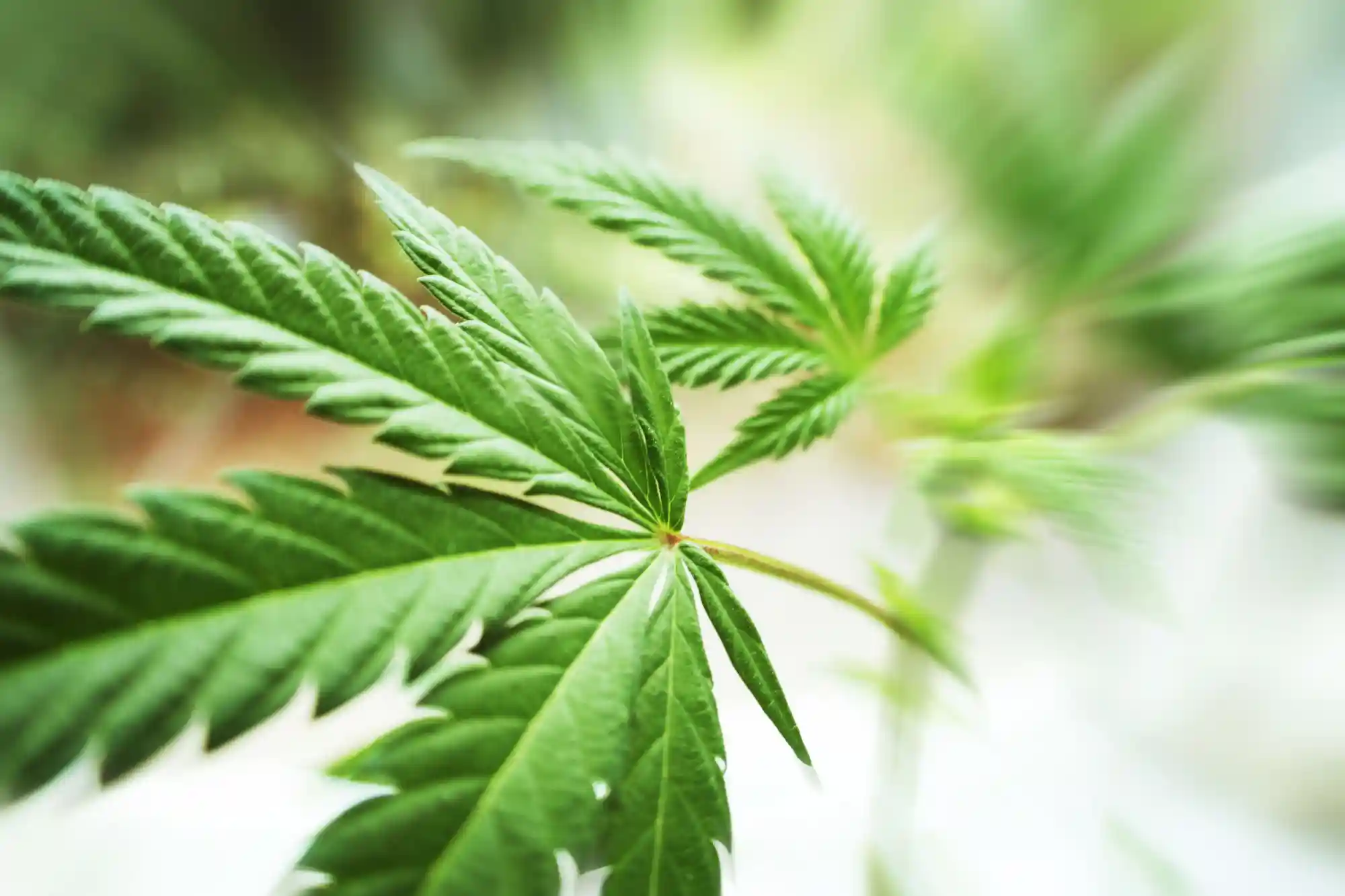In recent times, there has been a significant change in how people view and regulate cannabis. Many countries, states, and cities are exploring ways to handle cannabis beyond making it illegal. Policymakers often discuss two options: decriminalization and legalization. While these terms are sometimes used interchangeably, it’s crucial to grasp their meanings and consequences.
Exploring Decriminalization
Decriminalization involves reducing or eliminating the punishments linked to possessing cannabis for personal use. In a decriminalized setup, individuals caught with small amounts of cannabis might receive fines instead of facing criminal charges. This approach aims to ease the load on the justice system while acknowledging that cannabis use is not necessarily harmful enough to warrant criminal penalties.
Advantages of Decriminalization
- Limited Impact on Personal Freedom: By taking away the fear of being arrested or imprisoned for cannabis-related offenses, decriminalization safeguards individual freedoms and encourages personal independence.
- Emphasis on Public Health: Rather than punishing individuals for using or having small quantities of cannabis, decriminalization allows governments to focus on public health education strategies for harm reduction and providing access to treatment options for those dealing with substance abuse.
- Socioeconomic Equality: Removing criminal penalties can help address the issue of arrests and convictions that have historically affected marginalized communities due to disparities in law enforcement practices based on race or economic status.
Challenges of Decriminalization
- Promoting Unregulated Markets: Decriminalization, which typically involves removing criminal charges for several aspects of cannabis possession, may lead to the emergence of an underground market lacking proper regulations for quality control and licensing.
- Lack of Clarity in Rules: The absence of regulations could result in confusion for individuals regarding approved quantities, age restrictions, impaired driving limits, and designated areas for marijuana use.
Understanding Legalization
Legalizing cannabis entails establishing a framework that governs the cultivation, distribution, sale, and consumption of cannabis products within specified guidelines. This approach treats cannabis similarly to regulated substances like alcohol and tobacco. In a legal system, governments set up agencies or departments to manage licensing, quality control, taxation, and enforcement measures.
Advantages of Legalization
- Economic Growth Opportunities: Legalizing cannabis has the potential to generate tax revenue for governments while creating employment opportunities across sectors within the legal industry. It facilitates the development of businesses involved in cannabis cultivation, production, retail sales, and tourism.
- Quality Control: Legalization focuses on ensuring consumer safety through the enforcement of regulations on product testing and labeling. This guarantees that individuals can access standardized products instead of resorting to unregulated options from unknown sources.
- Regulation Over Criminality: By setting guidelines on usage limits, age restrictions, advertising practices, laws against driving under the influence, and safety measures for products, legalization aims to reduce risks associated with cannabis use while also working towards diminishing illegal market activities.
Limitations of Legalization
- Conflicting Federal Laws: In regions where cannabis remains prohibited at a federal level despite states legalizing it, conflicting laws often create legal uncertainties for both users and businesses operating within those areas.
- Increased Consumption Levels: Critics argue that complete legalization might lead to a surge in cannabis consumption rates among adults and young people
- Regulatory Hurdles: Establishing frameworks for allocating resources sustainably, implementing taxation schemes at reasonable levels, and resolving potential conflicts between state or provincial laws and federal regulations can pose challenges during the initial stages of implementation.
Social Perception and Stigma
Decriminalization and legalization also vary in their impacts on how society views and stigmatizes the use of cannabis. In a decriminalization setup, there might still be a lingering belief that cannabis serves as a “gateway drug” or is inherently harmful. While the penalties for possession are lessened, the social stigma attached to using cannabis could alienate individuals who use it for medicinal purposes.
Conversely, legalization could change perspectives on cannabis by normalizing its use. When it is regulated under the law, people may start to see consuming cannabis as a personal decision rather than a criminal offense. This normalization process could help break down stereotypes and prejudices by recognizing that responsible cannabis use is similar to drinking alcohol or smoking tobacco.
Conclusion
Decriminalization and legalization present different approaches to moving away from the method of criminalizing recreational cannabis use or possession for personal reasons. Both systems aim to minimize harm linked with prohibition while addressing disparities in law enforcement practices among communities affected by policing. As society shifts its views on cannabis, an exploration into its health impacts, economic opportunities, and effective regulation enforcement becomes crucial. By grasping the distinctions between decriminalization and legalization, policymakers can make informed choices that meet the needs and values of their communities.




